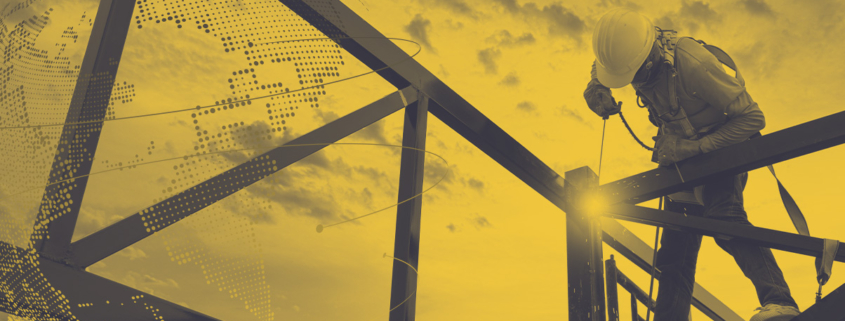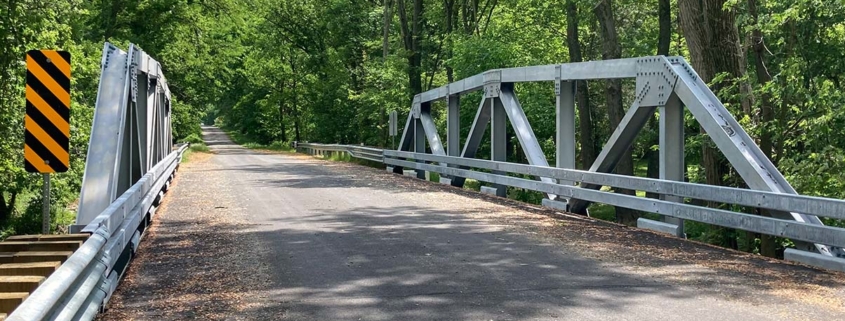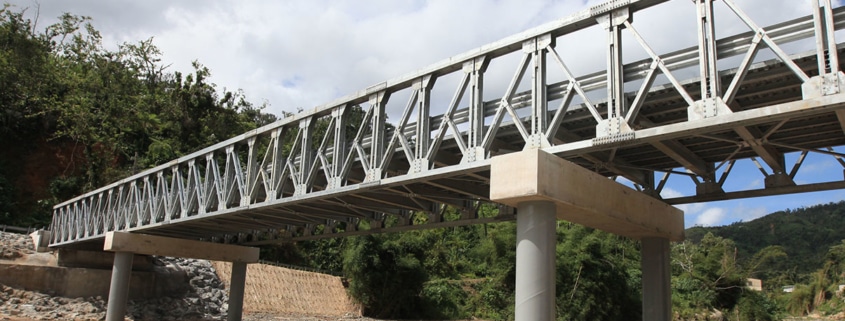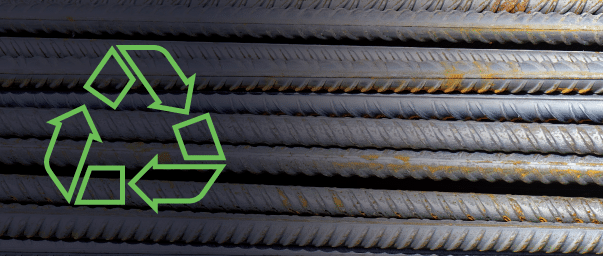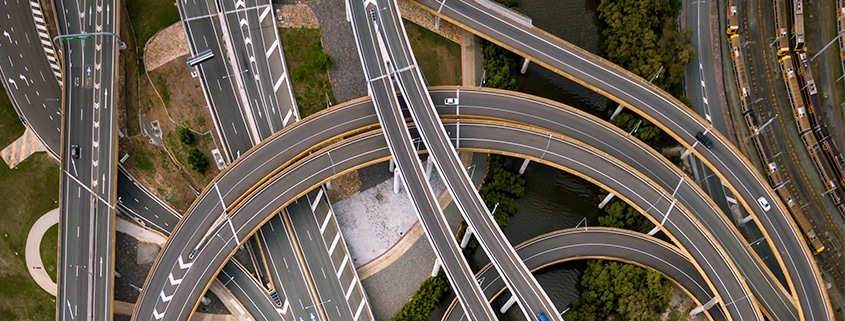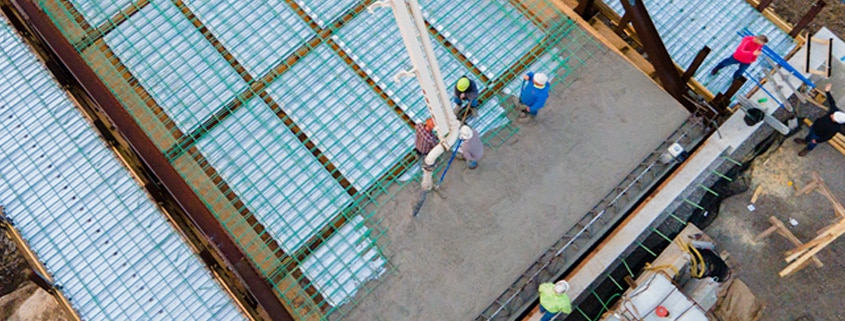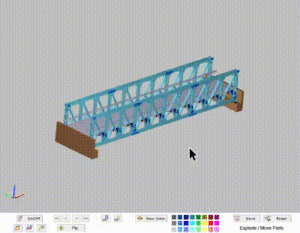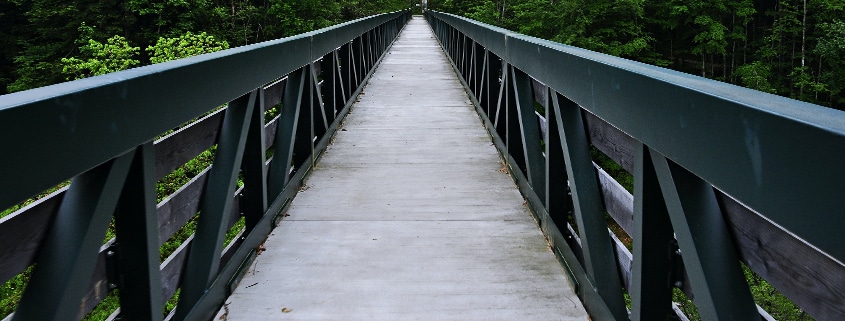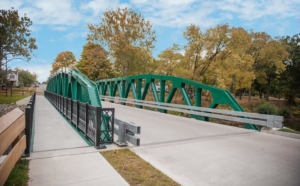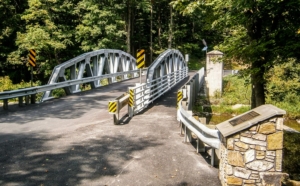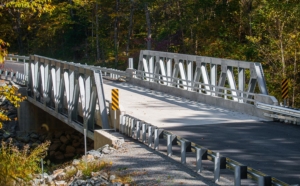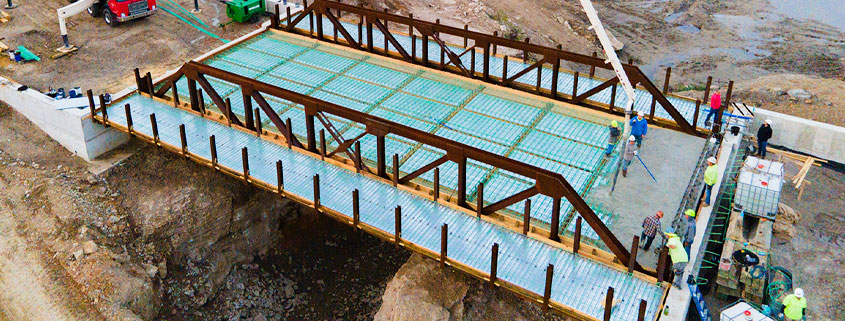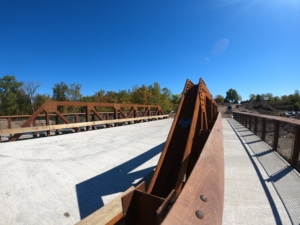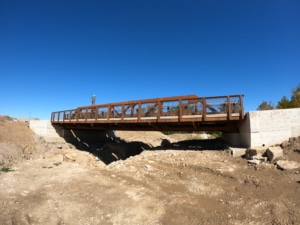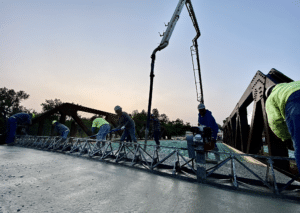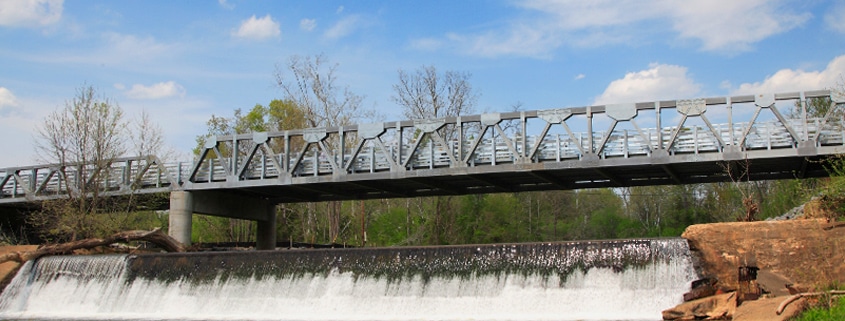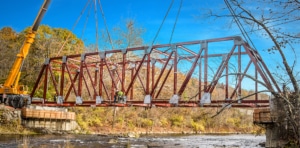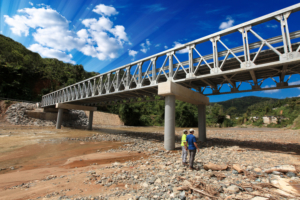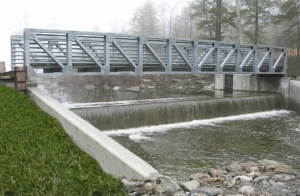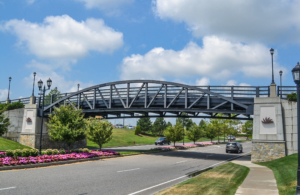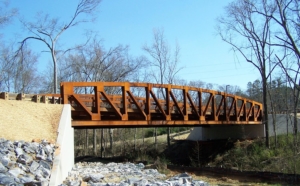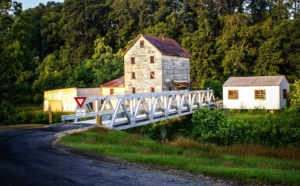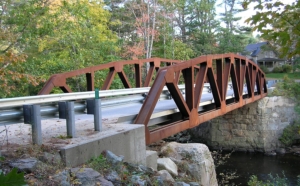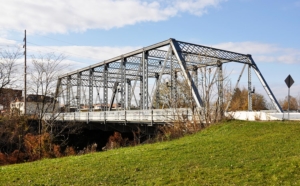October was last month, and the construction sector had a lot to celebrate with SteelDays (October 17–20) and World Architecture Day (October 2)! To commemorate the hard working people in the steel industry and the incredible structures they create, here is a list of the top 10 structural steel marvels around the world (in no particular order).
1. Burj Khalifa (Dubai, U.A.E)
Towering over the city of Dubai at 2,722 feet, the Burj Khalifa is by far the world’s tallest building. Builders used 31,400 metric tons of steel rebar to construct this skyscraper. Laid end to end, this amount of steel would be equivalent to one-quarter of the earth’s circumference.
The colossal tower has 163 floors, which include restaurants, apartments, and business suites. The building also boasts the tallest elevator shaft in the world, which is open to the public if you’re brave enough to ride to the top.

2. Empire State Building (New York, U.S.A)
Despite being surpassed in height by many other towers, the Empire State Building remains an internationally recognized landmark. Completed in 1931, during the height of the Great Depression, the Empire State Building remained the tallest building in the world for 41 years.

The building’s design changed 16 times during the planning and construction process, but thousands of workers constructed the building in a record one year and 45 days, using 60,000 tons of steel. This distinct skyscraper all but defines the famous New York City skyline.
3. Space Needle (Seattle, U.S.A)
This fun futuristic building in Seattle includes a disc-shaped observation deck that resembles an extraterrestrial ship. Built in 1962 for the World’s Fair and in celebration of the “Space Age”, the Space Needle’s tower measures 605 feet tall, and the saucer observation deck measures 130 feet in diameter.
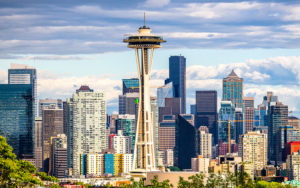
It is one of the most photographed structures in the world and offers Seattle visitors a 360-degree panoramic view of the city and surrounding Olympic Mountains.
4. Petronas Twin Towers (Kuala Lumpur, Malaysia)
These iconic steel structures are the tallest twin towers in the world. Measuring at 1,483 feet, the Petronas Twin Towers are connected by a bridge on the 41st floor and feature incredible views of the city.
While the towers are primarily made of concrete, the glass and stainless steel exteriors are arranged in a traditionally Islamic eight-pointed design, which has solidified the structure’s reputation as an iconic Malaysian monument.

5. Brooklyn Bridge (New York, U.S.A)
Located in New York City, connecting Brooklyn and Manhattan, the Brooklyn Bridge deserves a place among the top 10 as it was the very first steel-wire suspension bridge built in 1869.
The steel was so thick and the construction so challenging that it actually took a decade to complete. This bridge is one of the most recognizable bridges in the country and has become synonymous with its city of origin.

6. The Sydney Harbor Bridge (Sydney, Australia)
In addition to the Sydney Opera House, the Sydney Harbor Bridge all but defines this Australian city. The Sydney Harbor Bridge is the largest steel arch bridge in the world, measuring 440 feet in height and 1,650 feet in length. The bridge officially opened in 1932 and features four railroad tracks, a highway, and two pedestrian walkways.
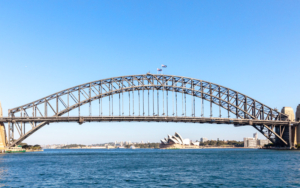
7. The Chrysler Building (New York, U.S.A)
New York City is simply full of structural steel icons! In addition to the Brooklyn Bridge and the Empire State Building, the Chrysler Building is a legendary landmark in the New York City skyline.
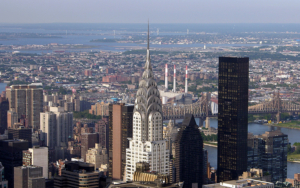
Measuring 1,046 feet, the Chrysler Building was the tallest building in the world in 1929; but the title was shortheld, as it was surpassed by the Empire State Building in 1931. While this building is not made entirely of steel, the iconic steel framework defines this structure and is easily recognizable as a staple of New York City architecture.
8. Sears Tower (Chicago, U.S.A)
The Willis Tower (formerly and commonly known as the Sears Tower) was built in Chicago for the Sears Roebuck and Company. During the height of its sales as the world’s largest retailer, Sears decided to build 3 million square feet of office space to accommodate its 13,000 employees.
The 1,454-foot-tall steel building attracts over a million tourists each year and has the world’s highest occupiable floor as well as the highest roof deck; in fact, you can see four states from the deck.
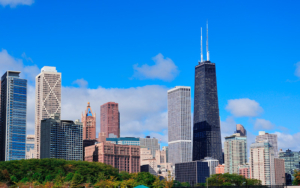
9. The Gateway Arch (St. Louis, U.S.A)
The tallest arch in the world, the Gateway Arch, sits on the west bank of the Mississippi River and reflects St. Louis’ role in the Westward Expansion of the United States during the 19th century.
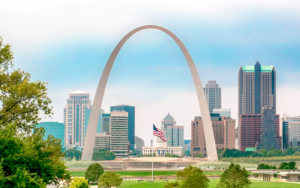
Measuring at 630 feet in both height and width, this unique experience features two trams where visitors can take a short tram ride to the overlook at the top of the arch. The Museum of Westward Expansion is at the base of the arch and shows what life was like during the 1800s.
10. Beijing National Stadium (Beijing, China)
The Beijing National Stadium, also known as the Bird’s Nest, is the world’s largest steel structure. The design, which drew inspiration from traditional Chinese ceramics, had to be both impressive and useful in order to withstand Beijing’s earthquake-prone activity. Over 100,000 tons of steel were used to create this stadium, which now holds a capacity of 91,000 and can withstand a seismic magnitude of 8.
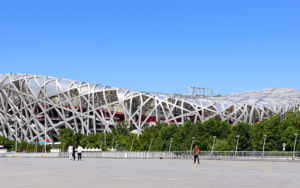
Leaders in Steel Manufacturing
Being an AISC-certified steel fabricator, we take great pride in using steel as our main material for manufacturing and construction. We’re known to offer our clients high-grade, durable materials perfect for various bridge projects and needs.
Contact us for a free estimate, or use our industry-leading Bridgescope tool to begin planning your project now!

